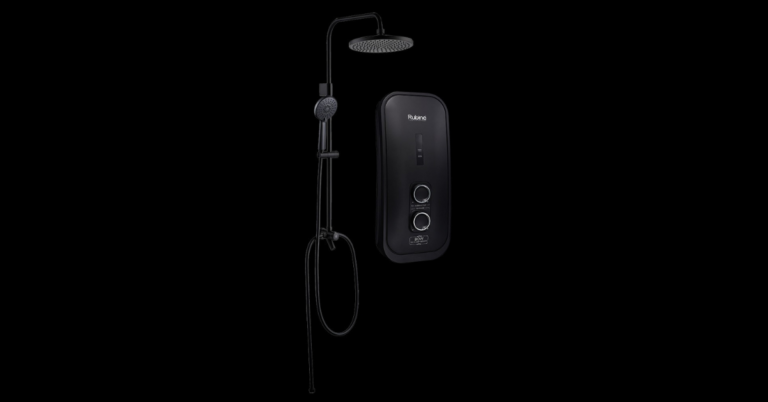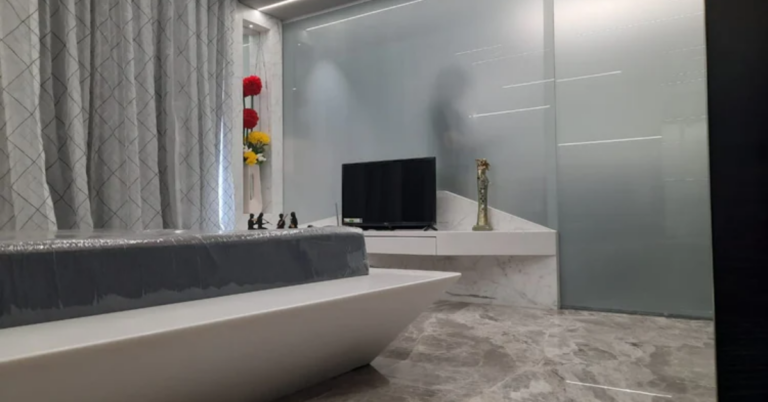Trends in Biophilic Design for Sports Facilities
11xplay reddy login id and password, king567 signup, skyinplay exchange:Trends in Biophilic Design for Sports Facilities
Biophilic design is a concept that aims to connect people with nature in the built environment. This approach has gained traction in recent years as more and more studies show the positive effects of incorporating natural elements into our spaces. From office buildings to homes, biophilic design has been proven to reduce stress, increase productivity, and promote overall well-being. But what about sports facilities? How can we bring nature into these spaces where athletes train and spectators gather? Let’s explore some of the trends in biophilic design for sports facilities.
1. Living Walls
Living walls, also known as green walls, are vertical gardens that are becoming increasingly popular in sports facilities. These walls are made up of plants that are vertically attached to a structure or wall, creating a natural and calming environment. Living walls not only add a touch of greenery to the space but also help improve air quality and reduce noise levels, creating a more pleasant experience for athletes and spectators alike.
2. Indoor Gardens
Indoor gardens are another trend in biophilic design for sports facilities. These gardens can be integrated into various areas of the facility, such as lobbies, locker rooms, or even workout spaces. Indoor gardens not only bring the benefits of nature indoors but also provide a sense of tranquility and relaxation for those using the facility.
3. Natural Lighting
Natural lighting is essential in any space, but especially in sports facilities where athletes need optimal visibility and performance. Biophilic design emphasizes the use of natural light to create a connection to the outdoors and promote a sense of well-being. Large windows, skylights, and light wells are all elements that can be incorporated into sports facilities to maximize natural light and create a more inviting atmosphere.
4. Biophilic Materials
Biophilic materials, such as wood, stone, and bamboo, are being used more frequently in sports facilities to bring a sense of nature indoors. These materials not only add a touch of warmth and texture to the space but also help create a connection to the natural world. From wood accents in locker rooms to stone walls in workout areas, biophilic materials can enhance the overall design and experience of the facility.
5. Outdoor Spaces
Creating outdoor spaces within sports facilities is a growing trend in biophilic design. These spaces can include rooftop gardens, outdoor workout areas, or even walking trails around the facility. By incorporating outdoor spaces, athletes and spectators have the opportunity to connect with nature before or after their activities, promoting a sense of well-being and relaxation.
6. Water Features
Water features, such as ponds, fountains, or water walls, are becoming more popular in sports facilities as a way to bring the calming effects of water indoors. These features not only add a visual element to the space but also help create a sense of tranquility and relaxation for those using the facility. Water features can be incorporated into lobbies, workout areas, or even outdoor spaces to enhance the overall biophilic design.
7. Connectivity to the Surrounding Environment
One of the key principles of biophilic design is creating a connection to the surrounding environment. This can be achieved through the use of natural materials, views of nature, or even incorporating local flora and fauna into the design. By connecting sports facilities to the natural world outside, athletes and spectators alike can feel more grounded and at peace when using the space.
8. Sustainable Practices
Incorporating sustainable practices into the design of sports facilities is another trend in biophilic design. From using eco-friendly materials to implementing energy-efficient systems, sustainable practices not only benefit the environment but also contribute to the overall well-being of those using the facility. By designing sports facilities with sustainability in mind, we can create spaces that promote health, vitality, and connection to nature.
9. Biophilic Wayfinding
Biophilic wayfinding is a design concept that uses natural elements to guide people through a space. This can include using plants, water features, or even natural textures to help people navigate sports facilities. By incorporating biophilic wayfinding into the design, athletes and spectators can feel more connected to the space and have a more enjoyable and intuitive experience.
10. Integration of Technology
While biophilic design emphasizes the use of natural elements, technology can also play a role in creating a more connected and sustainable sports facility. From energy-efficient lighting systems to smart sensors that monitor air quality, technology can enhance the overall biophilic design of a space. By integrating technology thoughtfully, sports facilities can become more sustainable, efficient, and enjoyable for all.
In conclusion, biophilic design is a growing trend in sports facilities that aims to bring the benefits of nature indoors. By incorporating living walls, indoor gardens, natural lighting, biophilic materials, outdoor spaces, water features, connectivity to the surrounding environment, sustainable practices, biophilic wayfinding, and integrating technology, sports facilities can create spaces that promote health, well-being, and connection to nature. Whether for athletes training or spectators cheering on their teams, biophilic design offers a holistic approach to designing sports facilities that benefit all who use them.
FAQs
Q: How does biophilic design benefit athletes?
A: Biophilic design has been shown to reduce stress, increase productivity, and promote overall well-being for athletes. By incorporating natural elements into sports facilities, athletes can feel more grounded, focused, and relaxed during their training sessions.
Q: Can biophilic design enhance the spectator experience?
A: Yes, biophilic design can enhance the spectator experience by creating a more inviting and calming environment. From natural lighting to outdoor spaces, spectators can feel more connected to nature and enjoy a more enjoyable experience while watching their favorite teams compete.
Q: Are there any downsides to biophilic design in sports facilities?
A: While biophilic design has many benefits, there can be challenges in maintaining living walls, indoor gardens, and other natural elements. It’s essential to consider the maintenance and upkeep of these features to ensure they continue to enhance the overall design of the facility.







